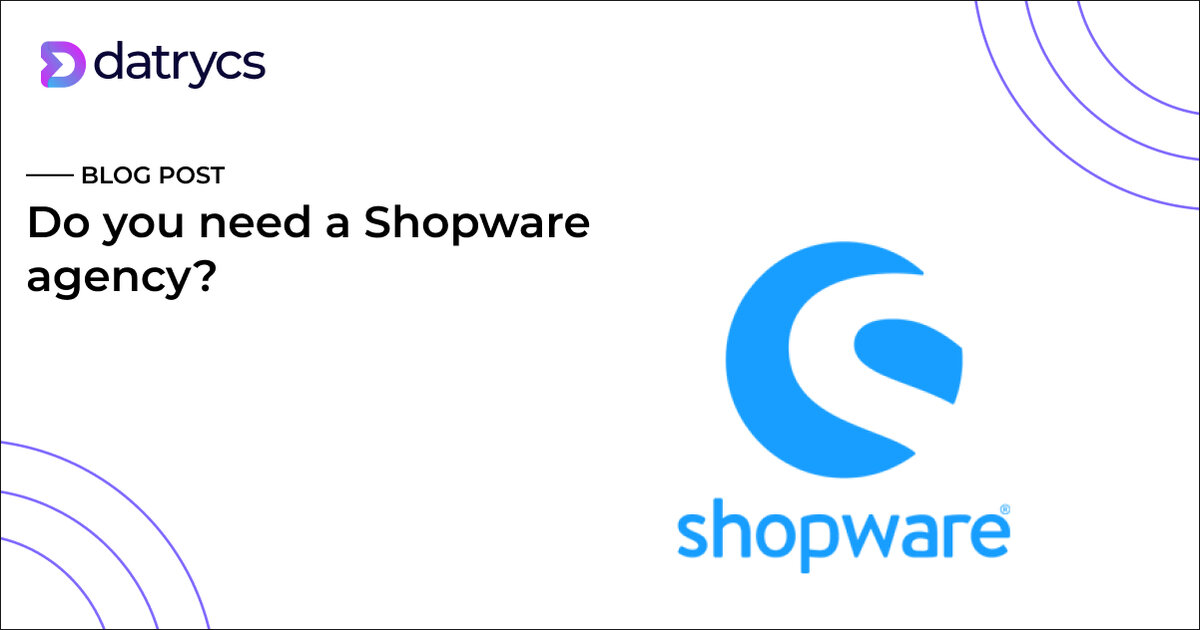Elevate Your Ecommerce Venture with These 10 Must-Have Website Features
As more and more consumers turn to online shopping, it's crucial to provide them with an exceptional user experience that keeps them coming back.



As online shopping becomes the norm for consumers worldwide, providing an exceptional user experience (UX) is critical to attracting and retaining customers. With the increasing competition in the eCommerce space, your website must stand out by offering features that not only meet but exceed user expectations. Here are 10 must-have features that every eCommerce website should incorporate to deliver a superior shopping experience:
Ecommerce: The Importance of an Intuitive User Interface (UI)
The first impression of your website is formed within seconds, making your UI crucial in capturing and retaining user interest. A clean, aesthetically pleasing, and intuitive design enhances user experience by making navigation easy and enjoyable. It’s essential to ensure that your website is responsive, meaning it should automatically adapt to different screen sizes, particularly mobile devices, which account for a significant portion of online shopping traffic. A well-designed UI fosters a seamless transition between devices, ensuring a consistent and user-friendly experience for online shoppers.
Seamless navigation
A clutter-free and logically organized navigation menu is the backbone of a user-friendly website, especially for e-commerce sites. Proper categorization of products, coupled with effective filters and search options, allows customers to find what they’re looking for quickly and efficiently. Incorporating features such as breadcrumbs and dropdown menus can further enhance the user journey by simplifying access to various sections of your website, thereby reducing bounce rates and increasing the likelihood of conversions.
High-quality product images and videos
In the absence of physical interaction with products, high-quality visuals are paramount in influencing purchasing decisions. Invest in high-resolution images and videos that showcase your products from multiple angles, offering zoom capabilities and 360-degree views where possible. These visuals should replicate the in-store experience as closely as possible, providing customers with the confidence they need to make a purchase. Video demonstrations or tutorials can also be a powerful tool in illustrating product features and benefits. High-quality visuals can reduce the need for price comparison, as they help build trust and demonstrate value.
Detailed product descriptions
Comprehensive and accurate product descriptions are critical in bridging the gap between online and in-store shopping. These descriptions should include key details such as product features, dimensions, materials, and care instructions. Additionally, consider incorporating FAQs or user-generated content like reviews or questions, which can provide further insights into the product. Transparent and informative descriptions not only build trust but also reduce the likelihood of returns, as customers have a clear understanding of what they are purchasing. Despite growing comfort with online transactions, users may still hesitate to provide their financial information to unfamiliar websites, linking this hesitance to potential shopping cart abandonment.
Secure payment gateways
Security is a top priority for consumers when shopping online. Integrating trusted and secure payment gateways like PayPal, Stripe, or Apple Pay ensures that customer data is protected during transactions. Prominently display security badges and SSL certificates on your checkout pages to instill confidence in your customers. Additionally, offering multiple payment options can cater to a broader audience, enhancing convenience and trust. Secure payment gateways are essential for ensuring completed transactions, as they help reduce shopping cart abandonment rates by protecting customer data and fostering trust.
Streamlined checkout process
A complicated checkout flow is one of the primary reasons for cart abandonment. To minimize this risk, consider incorporating a progress bar to guide users through the process. Design a streamlined, user-friendly checkout process that requires as few steps as possible. Consider features like guest checkout options, auto-fill capabilities, and progress indicators to guide users through the process. Additionally, integrating payment methods like one-click payments or digital wallets can significantly reduce friction, making it easier for customers to complete their purchases and reduce abandoned carts.
Personalized user accounts
Most businesses find that encouraging customers to create personalized accounts can enhance their shopping experience by providing tailored recommendations based on their browsing and purchase history. These accounts allow users to track orders, save favorite items, and manage their information. By leveraging this data, you can create a personalized shopping experience that resonates with individual customers, leading to increased engagement and repeat purchases. Personalized email campaigns and special offers based on user behavior can also drive customer loyalty.
Customer reviews and ratings
Shopping carts and customer reviews and ratings are powerful tools in building credibility and trust. Featuring genuine reviews on product pages can provide potential buyers with the reassurance they need to make a purchase. Positive reviews can highlight the strengths of your products, while constructive criticism can offer valuable insights for improvement. Consider implementing a review system that allows users to filter by rating or most helpful reviews, and encourage satisfied customers to leave feedback through follow-up emails or incentives.
Responsive customer support
Even the most well-designed websites can leave online retailers with customers who have questions or concerns. Offering responsive customer support through multiple channels—such as live chat, email, and phone—ensures that customers can get the help they need quickly. Implementing AI-powered chatbots can provide instant answers to common queries, while human agents can handle more complex issues. Prompt and effective customer support can turn a hesitant shopper into a loyal customer by resolving issues before they escalate.
Analytics and insights
To continually optimize your eCommerce website, it’s essential to integrate robust analytics tools that provide insights into user behavior, product performance, and conversion rates. Tools like Google Analytics, heatmaps, and A/B testing can help you understand how users interact with your site, identify areas for improvement, and make data-driven decisions. Regularly reviewing these insights allows you to stay agile, making adjustments that enhance user experience and drive business growth. Additionally, tracking the abandonment rate is crucial as it reflects the percentage of shopping carts left unpurchased, helping identify potential obstacles in the checkout process that may lead to lost sales.
Conclusion
Creating an eCommerce website that incorporates these 10 essential features is key to delivering a seamless and enjoyable shopping experience. By focusing on user experience, security, personalization, and continuous optimization, you can not only increase conversions but also foster long-term customer loyalty. As the digital marketplace continues to evolve, staying ahead of the curve by adapting and enhancing your website will be crucial to your online business’s success.


